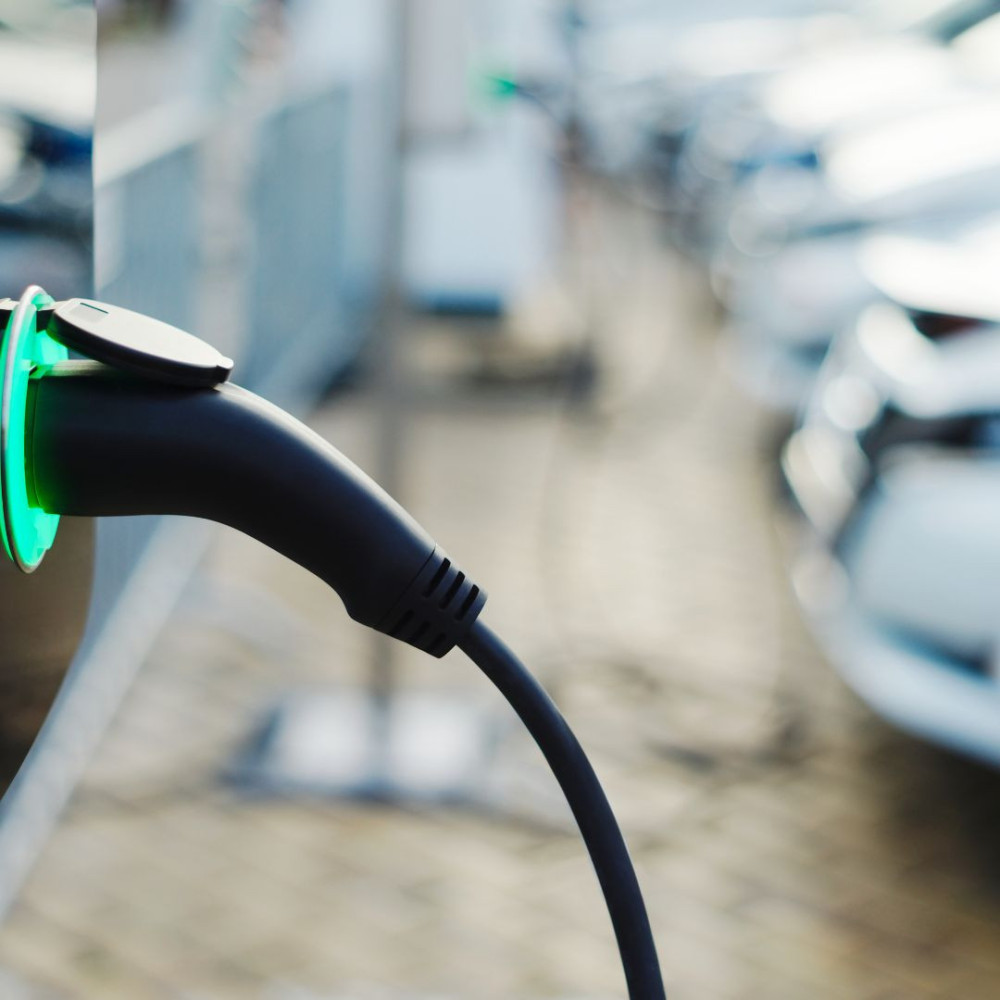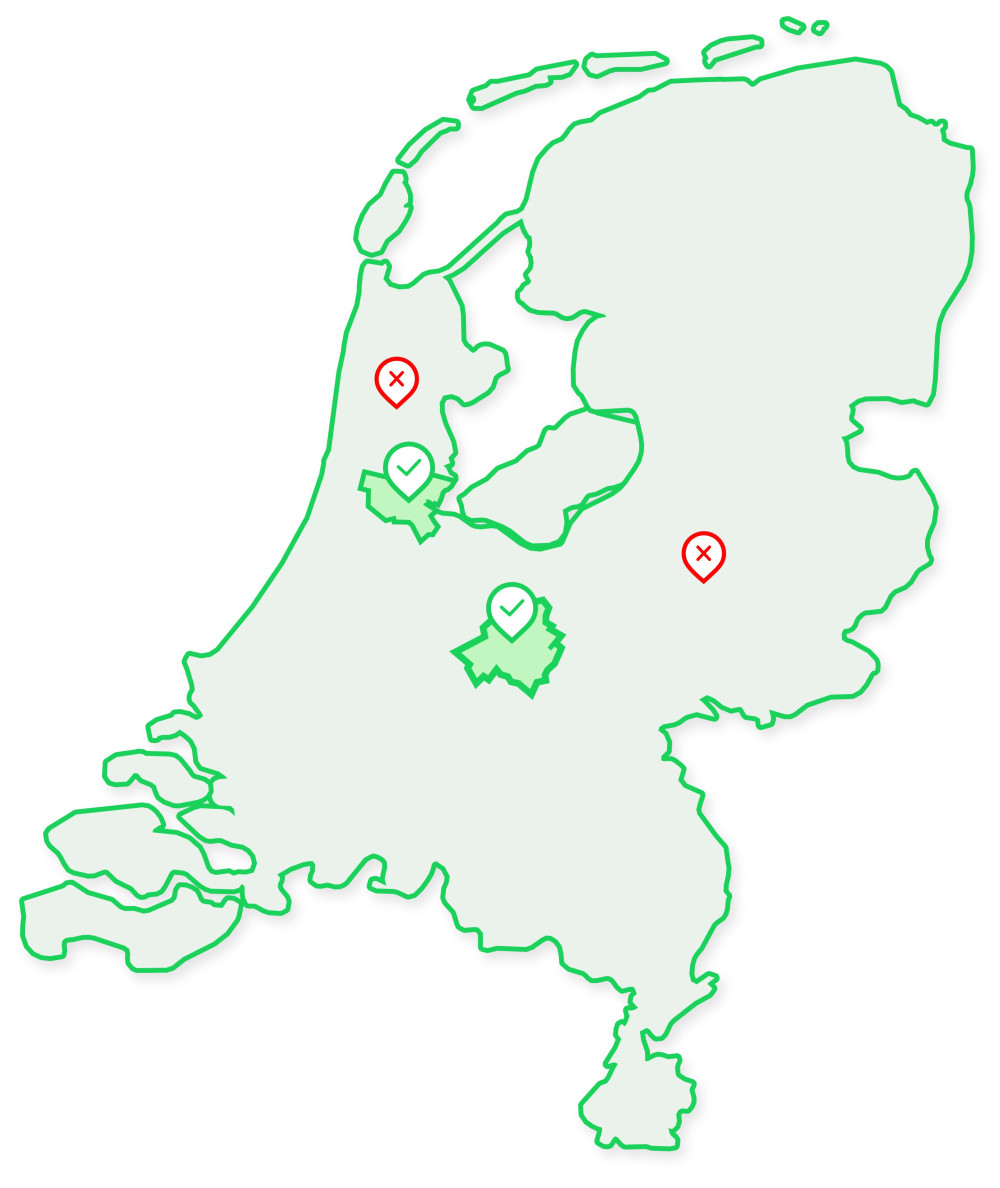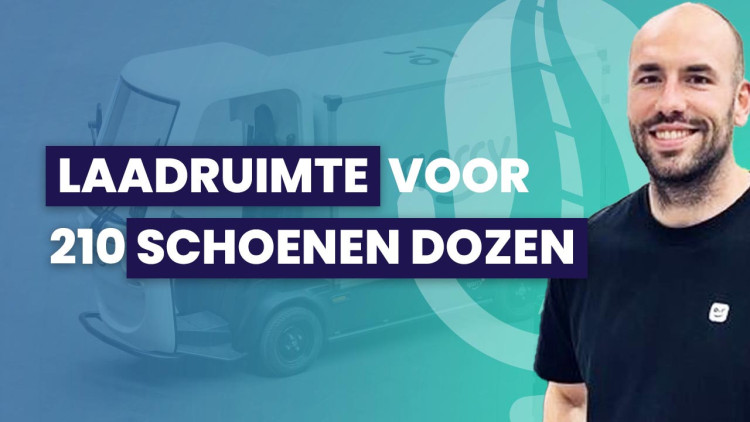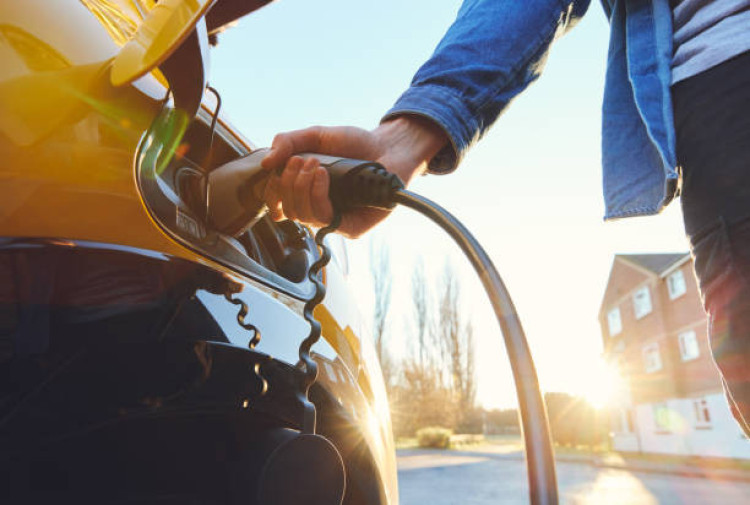 Be prepared for a sustainable future
Be prepared for a sustainable future
Zero Emissions Day: Sept. 21, 2024

Introduction of Zero Emission Zones in 2025
By now, the following 29 municipalities have made a decision to introduce a zero-emission zone or are researching it. For each municipality, the effective date of zero emission zones varies. With less than four months to go, zero emission zones are fast approaching. If companies do not adjust their logistics process accordingly in time, they risk not being allowed to deliver in certain zones starting in 2025. Which has a direct effect on the supply chain and could cause additional operational costs and even loss of customers. Of the 29 municipalities, 17 will start zero emission zones immediately on Jan. 1, 2025. Larger municipalities such as Amsterdam, Utrecht and The Hague, but also smaller municipalities such as Assen, Delft and Leiden will soon ban vehicles with emissions. Do you deliver in these areas? Then it is extra important that you are ready and prepared for the emission-free zones.
Electrification and cost savings in the long term
Besides still being able and allowed to enter the zero emission zones, electrifying your fleet has other benefits. Namely, you save on costs. By investing in electric vans or trucks and route optimization software, savings can be made in several areas. First, consider saving on fuel by switching to electric vehicles. Added to this are tax benefits such as the SEBA (Zero Emission Commercial Vehicles Subsidy Scheme). In addition, implementing route optimization software helps organize the logistics process as efficiently as possible. Through the software, you plan routes that reflect accurate arrival times and ensure clear communication with your customers to provide a 5-star delivery experience. Choose a software that takes into account the vehicle's range and displays any charging stations along the route.
Subsidies and tax benefits of an electric fleet
After much uncertainty about the entry of zero emission zones, it now seems to be a reality. Therefore, it is important for companies to take a close look at their logistics and possibly fleet of vehicles and make any investments. To get them started, we have listed a few interesting subsidies and tax breaks below.
MIA (Environmental Investment Allowance).
The MIA offers up to 45% tax deduction on the purchase of environmentally friendly vehicles, including electric vehicles. The total budget for 2024 for MIA is €192 million.
VAMIL (Random Depreciation of Environmental Investments).
VAMIL allows you to flexibly depreciate 75% of the investment in an electric vehicle, providing immediate tax benefits and liquidity space. €25 million is available for Vamil in 2024.
SEBA (Zero Emission Commercial Vehicles Subsidy Scheme).
SEBA offers 10% subsidy on the purchase of electric company cars (maximum €5,000 per car). At the time of writing, 38% of the budget is still available (about €23,020,000).
KIA (Small Scale Investment Allowance).
With the KIA, you can deduct up to 28% extra of your investments in electric vehicles, depending on the total investment amount.
Subsidies for charging stations
There are regional subsidies for the installation of charging stations at businesses, which reduce installation costs.

Free Zero Emission Zone Check gives clarity to businesses
As part of Zero Emissions Day, RouteLogic is making its Zero Emission Zone Check, originally developed for customers, now available free of charge to all organizations. This check gives companies insight into the impact of the new zero-emission zones on their logistics operations.
Using it is simple: upload your addresses and the tool immediately calculates what percentage of these locations fall within a zero-emission zone. This allows you as an organization to accurately estimate how many of your delivery addresses will be within these zones by 2025. Take advantage of this free opportunity and start preparing now for a more sustainable future! Route optimization software RouteLogic includes everything important for planning and delivering routes with electric vehicles. These include action radiuses, having to recharge along the way, of course zero-emission zones, clearly communicating with customers and even the possibility of a mixed fleet. Read more about how RouteLogic supports planners in planning with electric vehicles here.
Also want to know how zero-emission zones will affect your logistics? Do the check here
Related articles
 Be prepared for a sustainable future
Be prepared for a sustainable future
 Revolution in urban logistics: The story behind the Qarry
Revolution in urban logistics: The story behind the Qarry
 Route planner with charging stations (app)
Route planner with charging stations (app)